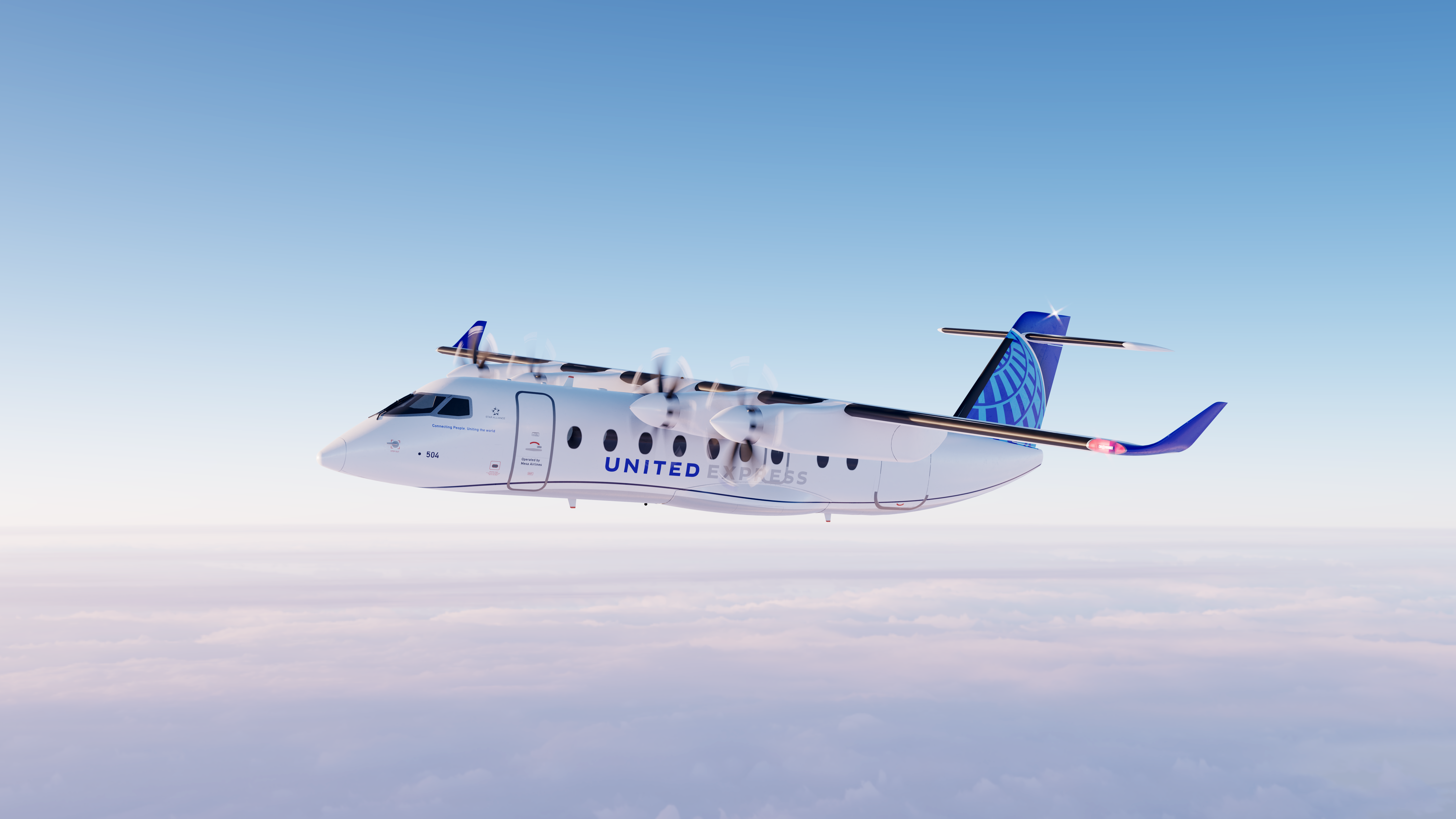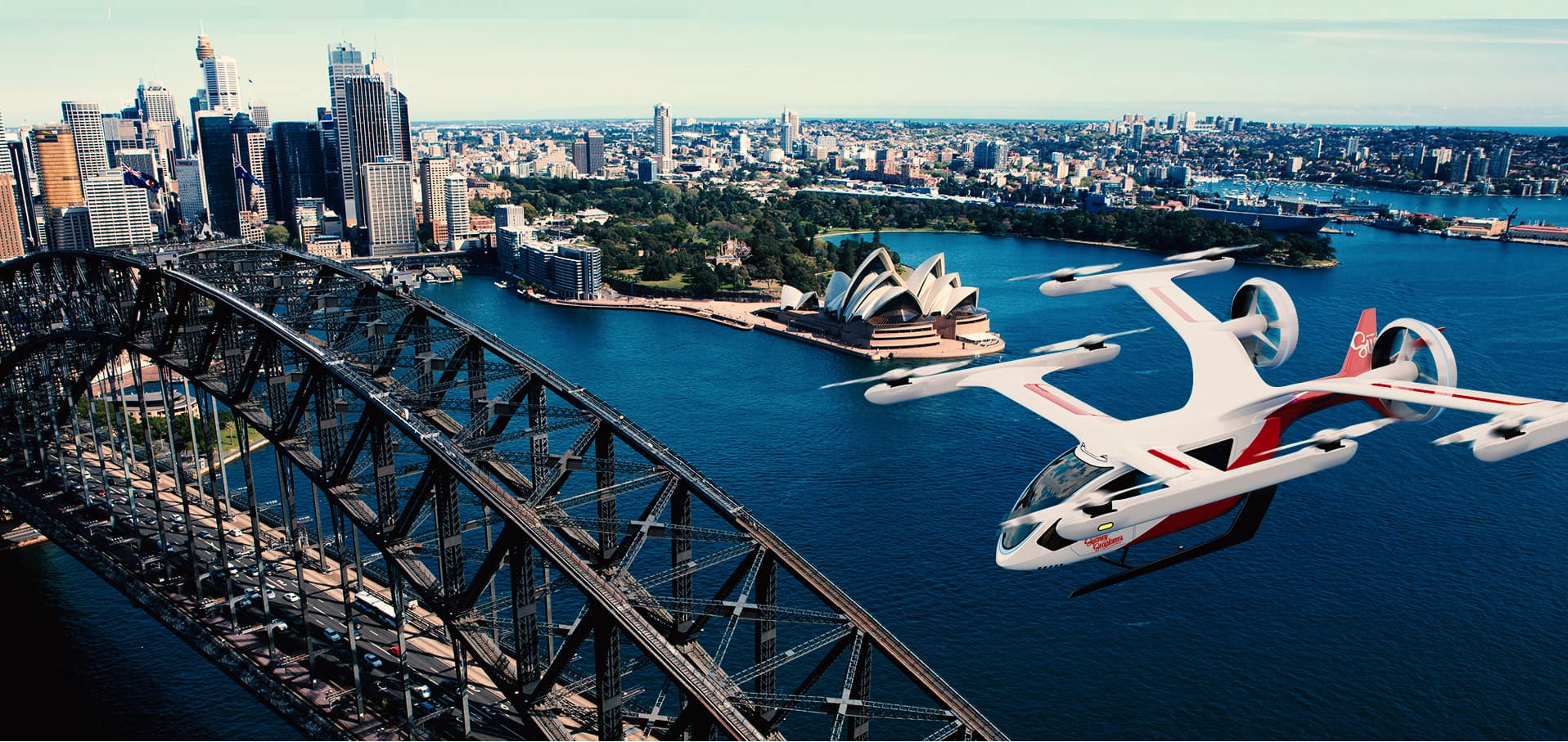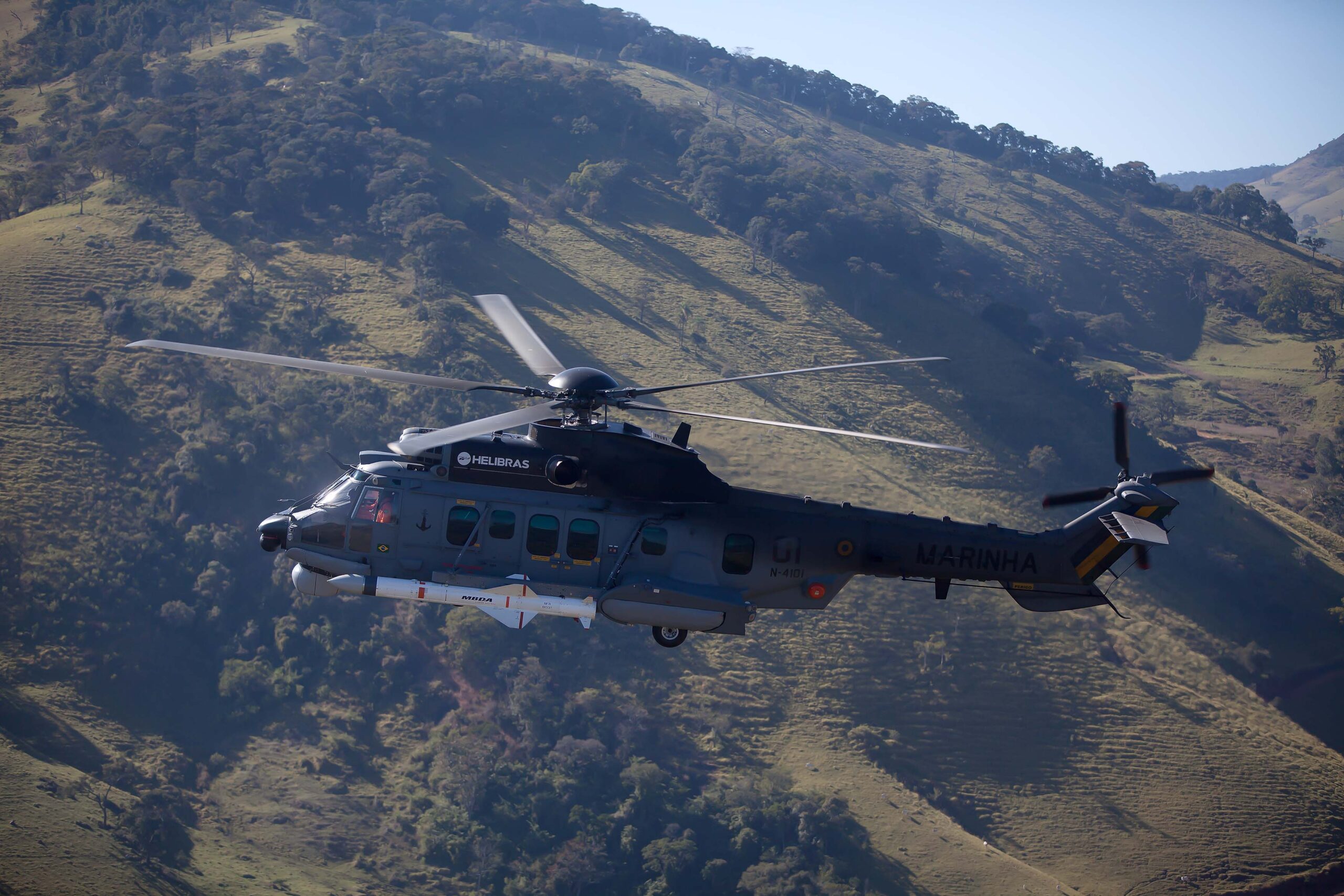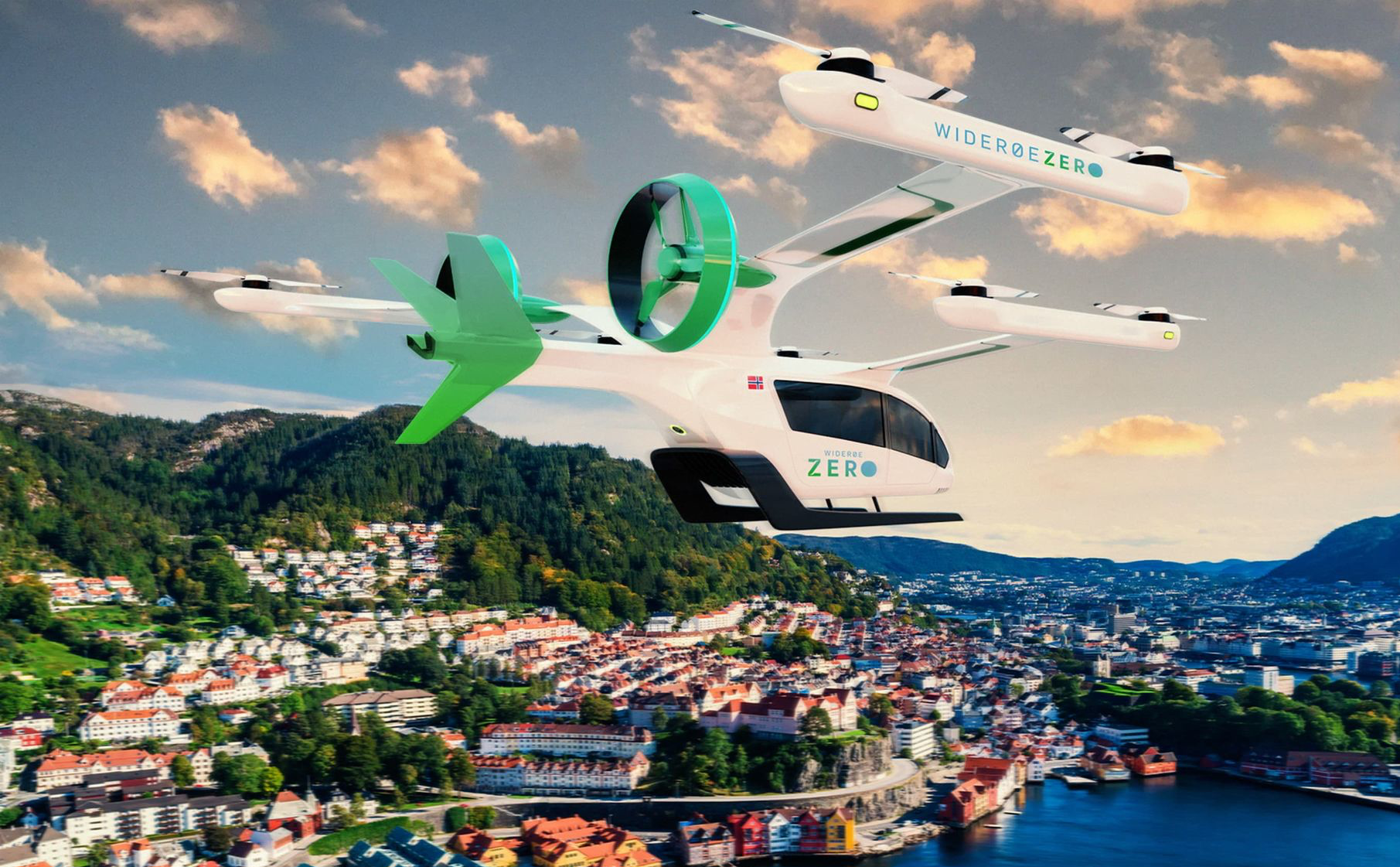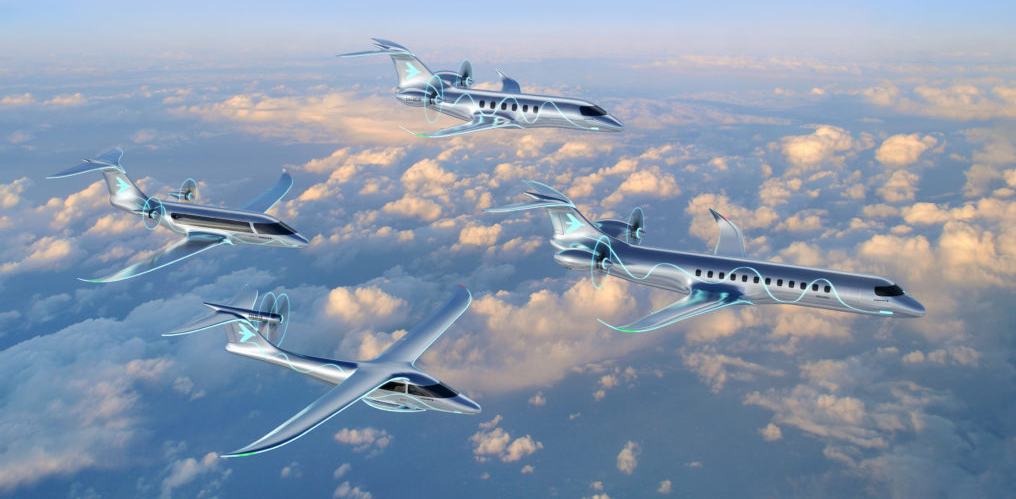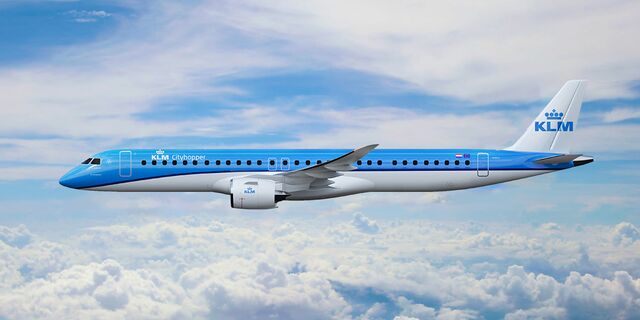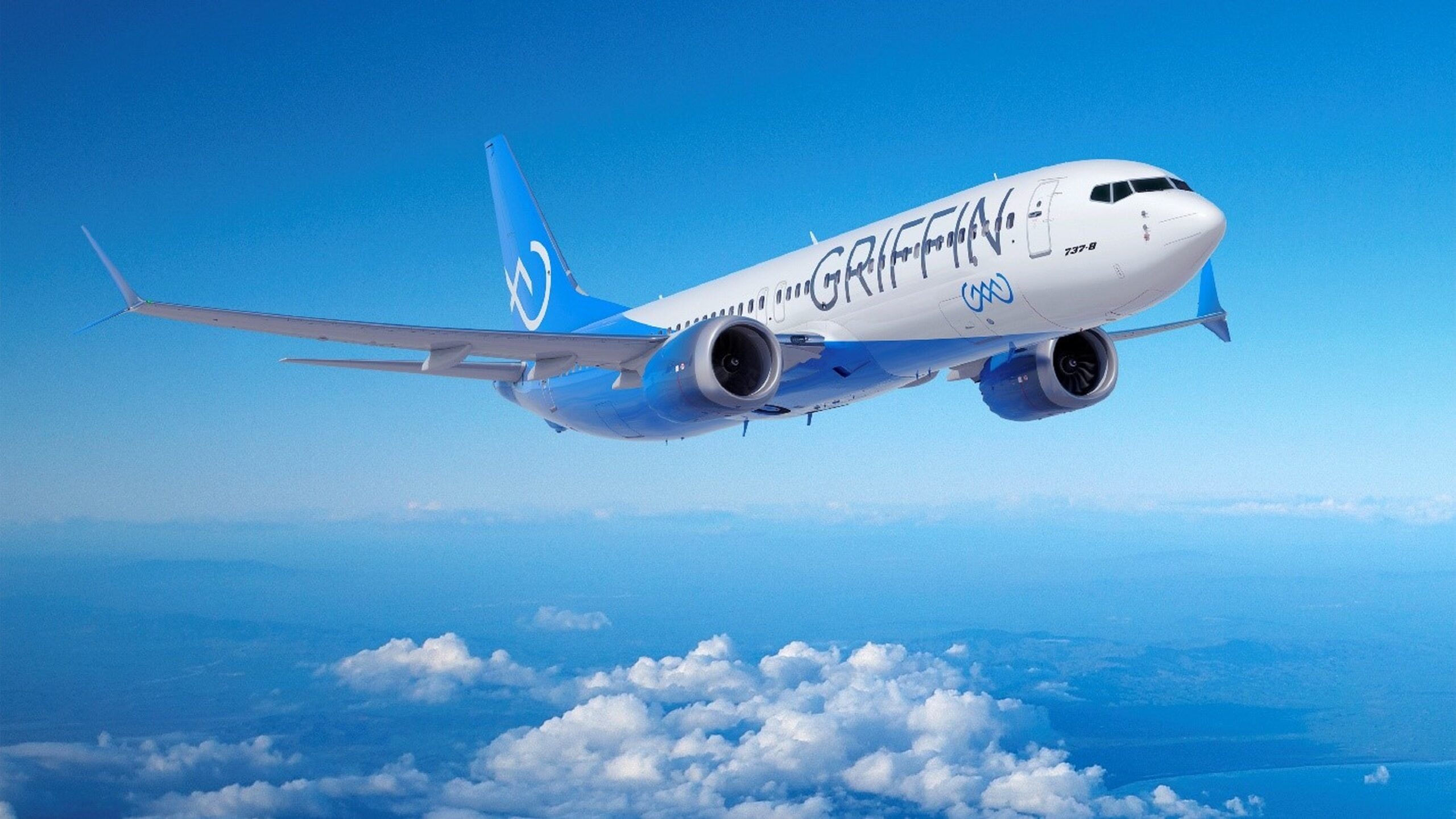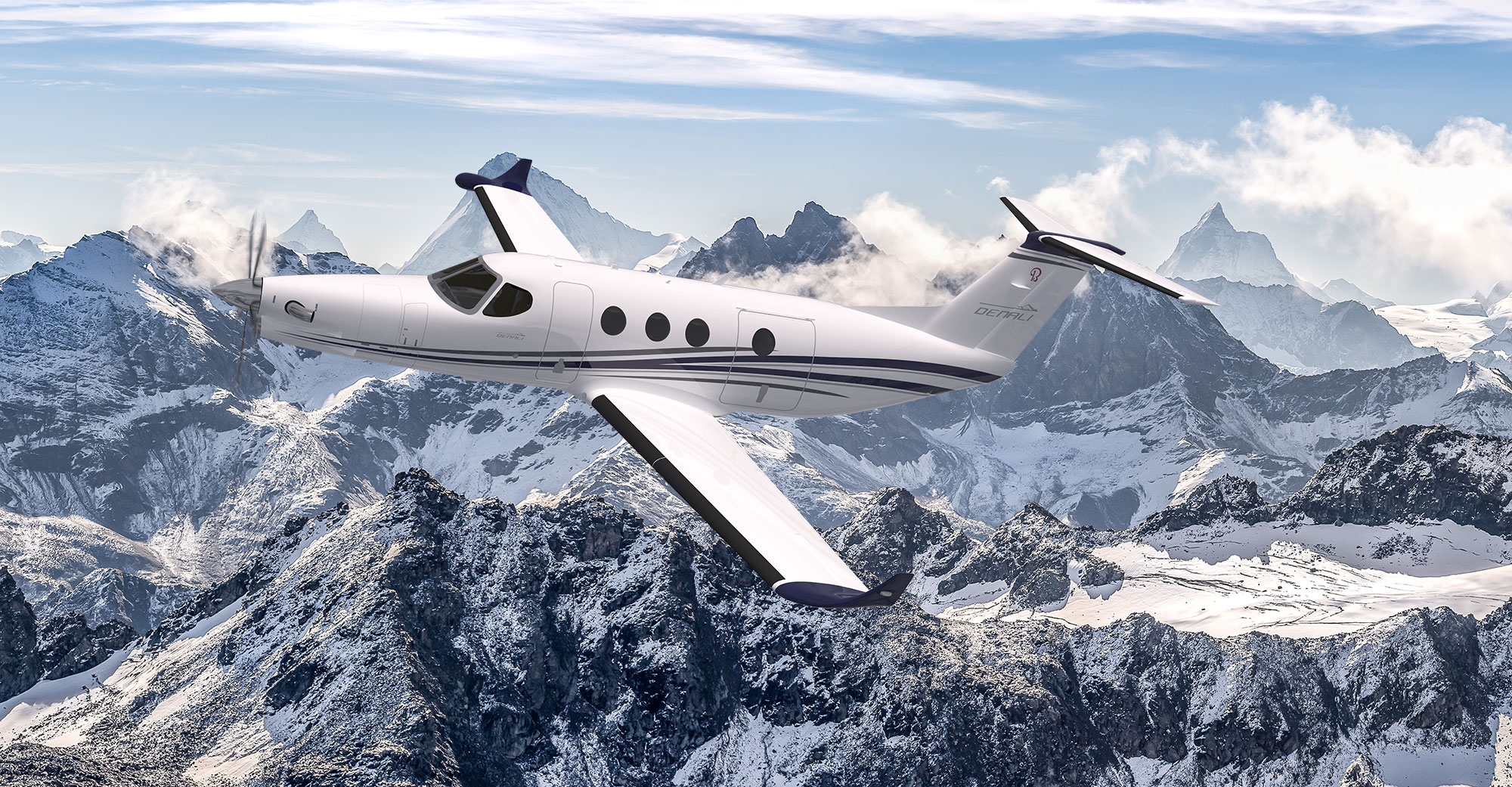OLATHE, Kansas/Business Wire – Garmin® International, Inc., a unit of Garmin Ltd. (NYSE: GRMN), has announced a long-term agreement with Heart Aerospace to provide the state-of-the-art Garmin G3000®integrated flight deck for the ES-19 electric airliner. Heart Aerospace is working to develop the new ES-19, a 19-seat electric airliner that has the potential to provide the regional air transport market with a more sustainable and environmentally friendly aircraft option as early as 2026. Additionally, United Airlines has conditionally agreed to purchase 100 ES-19 aircraft once the aircraft meets United’s safety, business and operating requirements.
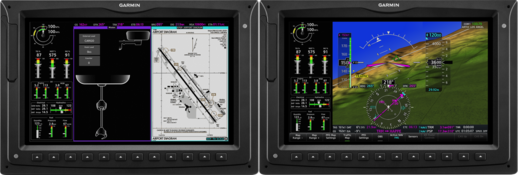
The modular Garmin G3000 integrated flight deck boasts lightweight and vibrant high-resolution flight displays that support navigation, communication and flight sensor solutions and integrates seamlessly into the ES-19 aircraft systems. Specifically tailored to meet the needs of electric aircraft, the G3000 system that will be featured in Heart Aerospace’s ES-19 delivers enhanced capabilities to optimize the aircraft’s electric drive train and battery management systems. The G3000 is architected to provide the ability to efficiently facilitate future system upgrades as the electric aircraft industry continues to evolve.
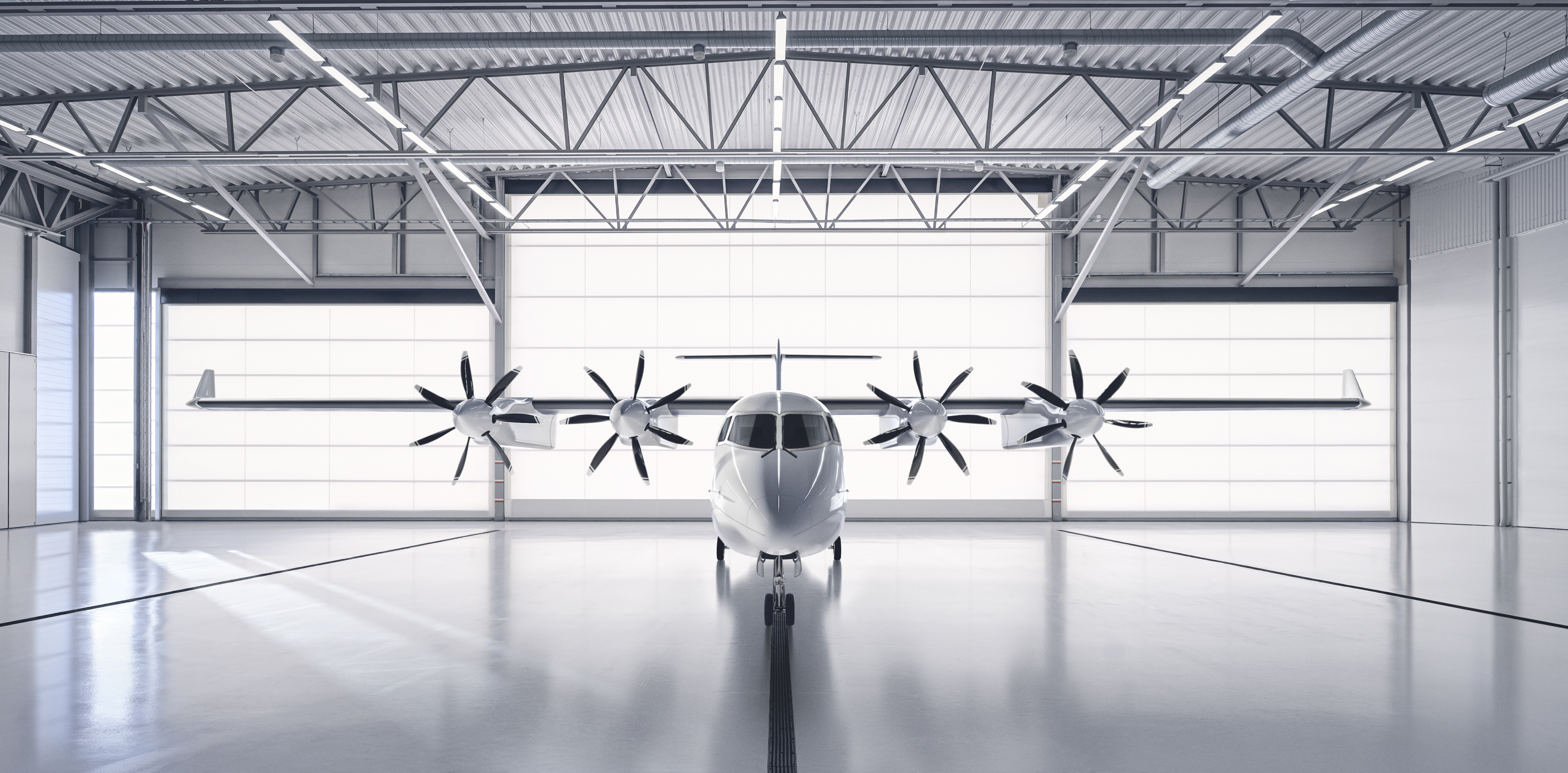
Heart Aerospace is an electric airplane company headquartered in Gothenburg, Sweden, developing the ES-19, a nineteen-passenger regional aircraft driven entirely by batteries and electric motors. The first ES-19 is scheduled to enter into service by 2026. The first-generation aircraft will have a maximum range of up to 250 miles using lithium-ion batteries. The ES-19 will have zero operational emissions and offer significantly lower operating costs compared to similar sized gas-turbine aircraft. The ES-19 aircraft will also be quieter than its turboprop counterparts, with less vibration and noise, making it ideal for the development of short-range regional air travel.
